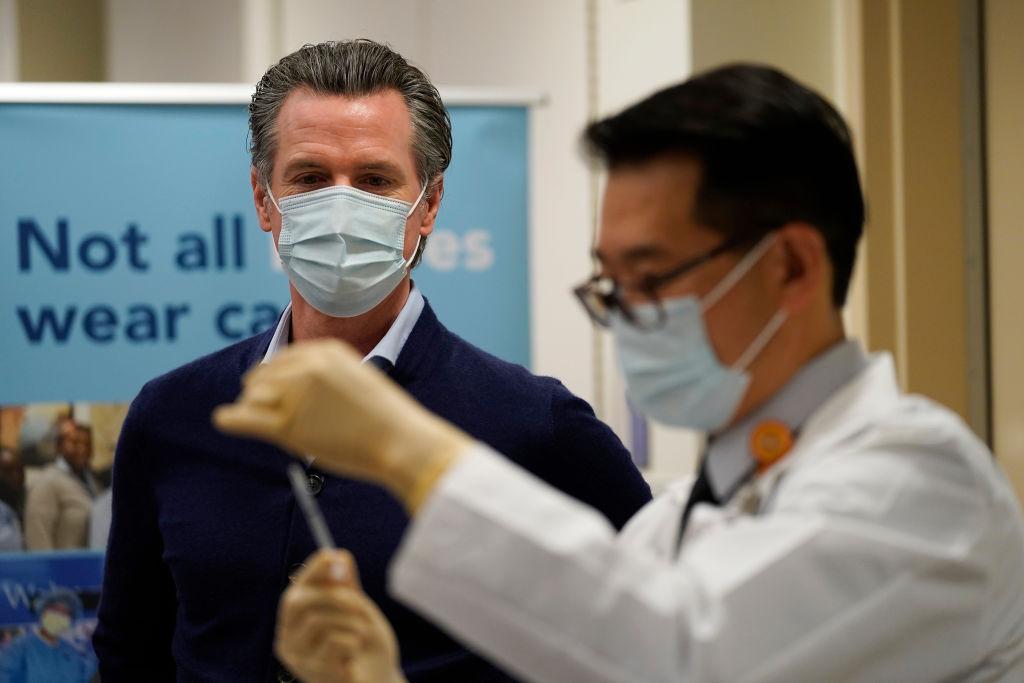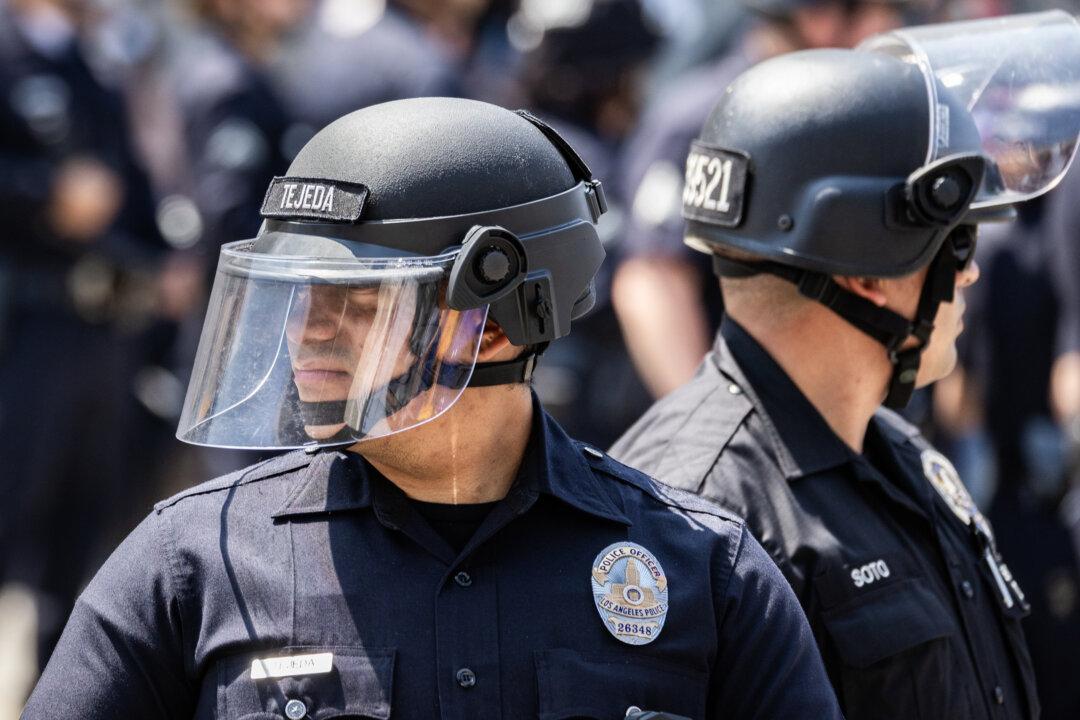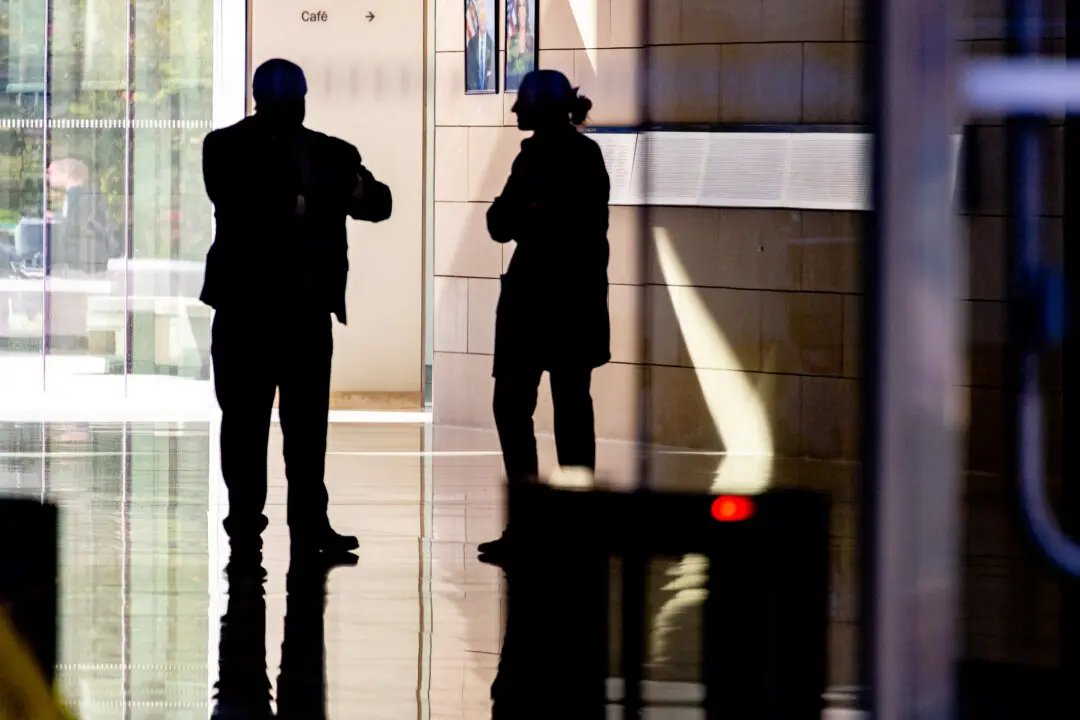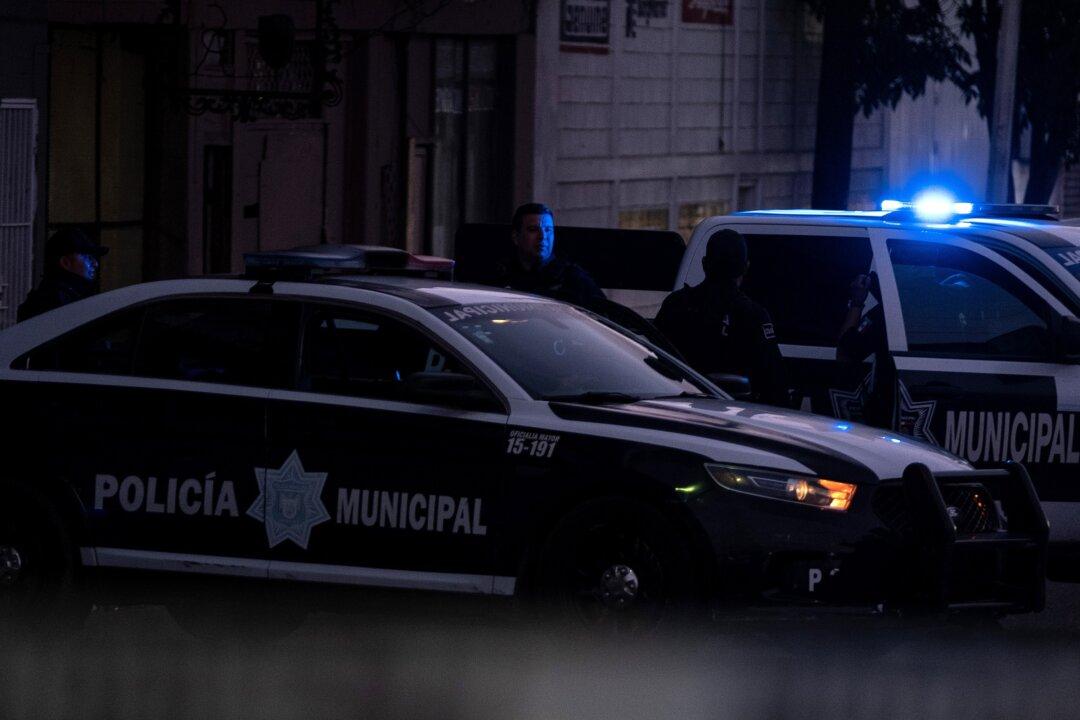SANTA ANA, Calif. (CNS)—Orange County expects to receive its doses of COVID-19 vaccines manufactured from Pfizer by Dec. 16, with frontline hospital workers getting the first shots, officials said Dec. 15.
“This is the beginning of the end, not the end,” said Andrew Noymer, a University of California–Irvine (UCI) associate professor of population health and disease prevention, as he stressed that it will be some time before the general population receives the vaccines.





